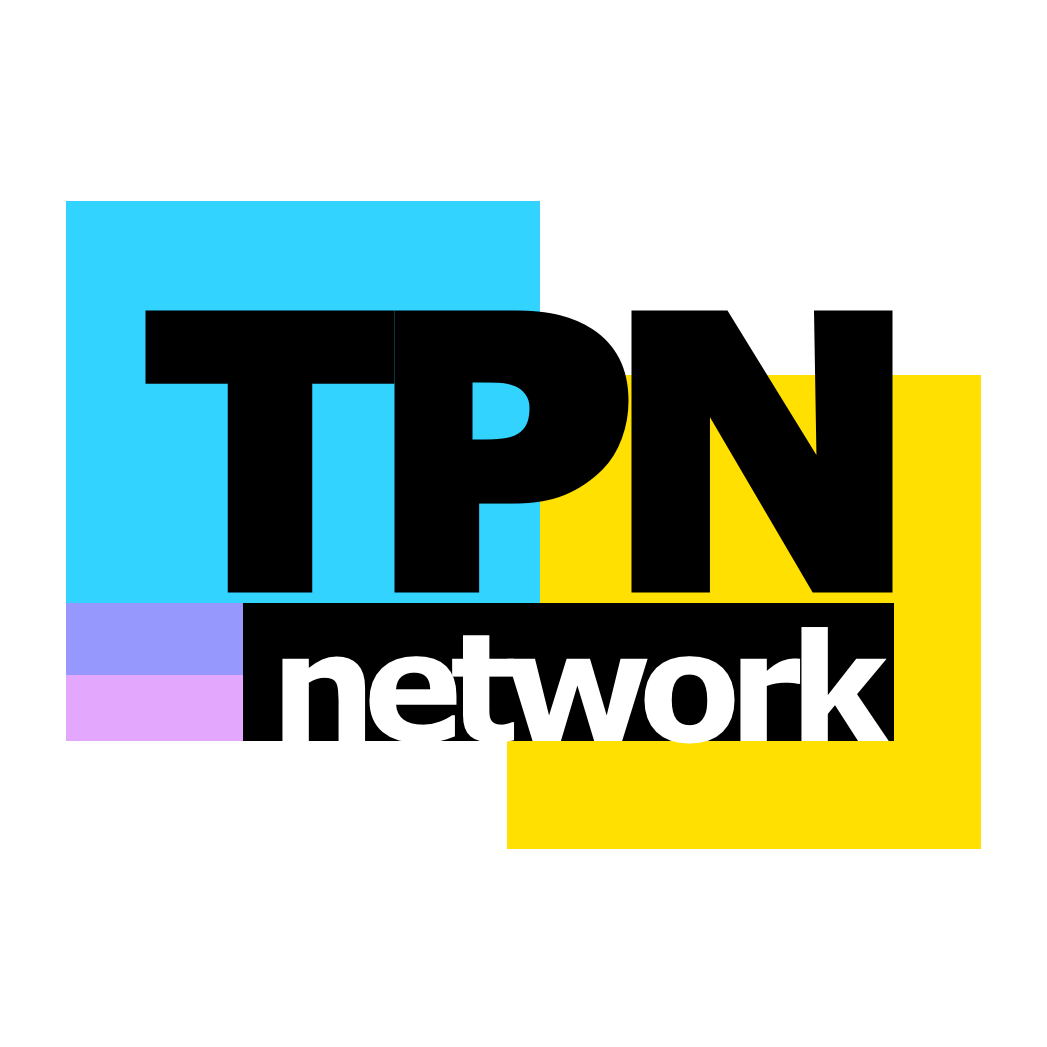Cost reduction and cost control: It’s The Holy Grail of every financial manager at every for-profit company. It’s also the goal of every non-profit organization seeking to stay within the boundaries of their allocated budget. The entire cost-containment process is made much easier with the right architecture and tools in place for driving enterprise-wide compliance to agreed budgets.
Controlling costs
In these difficult economic times, it is more important than ever before to exert appropriate, cost oversight and control–at each stage of the procurement cycle–as a means for preserving profit margins and staying competitive. Successfully controlling an enterprise’s budget has many interrelated component pieces to it. Two factors, in particular, play a major role:- Providing operational departments with up-to-date visibility on the current status of their budgets.
- Being able to see, measure, and analyze the budgetary impact of proposed spending upon entering a purchase request.
Achieving cost-containment goals
The unnecessary tug-of-war between operational departments and separate purchasing-control departments often times leads to a series of frustrations, cascading failures, and recriminations on both sides that can result in real damage to the professional relationships within an enterprise. Today’s best practices are to empower operational decision-makers with the tools they need for managing their department’s purchase orders; while concurrently providing the purchasing-control department (and executive team) with all the necessary elements they need for successfully overseeing the enterprise’s budgets to achieve the organization’s overall business objectives. Off-loading to the individual budget stakeholders (with appropriate oversight of course) the responsibility for keeping budgets on-target, frees the purchasing organization to devote more of its professional time and resources toward generating higher, value-added services such as spend analysis, strategic sourcing, and supplier management.An integrated solution is more effective at containing costs
An integrated solution encompassing both requisition/PO creation, combined with the automatic debiting of the corresponding budget, and then matching PO’s to invoices and received-goods documents in an easy-to-follow audit trail, is a solution well positioned to keep its users informed, on-track, and on-budget for containing costs. Ease-of-use is a critical component to the success of any cost-containment program. A well designed system is intuitive in its operation and results in being deployed rapidly to large populations of diverse users with very good user-adoption rates. For the requester, these P2P solutions are a quick and convenient way (if well designed) to request goods and/or services, compare features and prices, use the system’s built-in intelligence to highlight the best value among competing offers and then have the system guide the user toward making the best choice. With another click of a button the order is either placed directly with the chosen vendor or sent to the appropriate manager for his/her further review and possible approval. An integrated system makes it easier for busy managers to quickly access all the relevant information they need in order to make a good decision.Spend visibility, analysis, and reporting.
Increasing the quality and availability of actionable information presented to decision-makers has many virtues:- It greatly facilitates management’s oversight and control of the enterprise’s spend by automatically linking requisitions to the proper budget(s) (i.e., project, department, activity, etc.)
- Through its integration with back-office financial systems, a well-designed P2P system can automatically tie together an enterprise’s requisitions, invoices, and received-goods receipts and then subject these items to advanced, financial analysis and reporting.
- Data-entry errors are lessen in an integrated P2P system as information is generally entered only once in the system. This entered information then flows automatically throughout the system resulting in faster matching of PO’s, invoices, and received goods, and fewer requests for supplier accounting restatements.
- Drive budgets
- Anticipate year-end results as well as model “what if” scenarios for further analysis
- Measure and report process efficiencies and employee spend-compliance rates.

